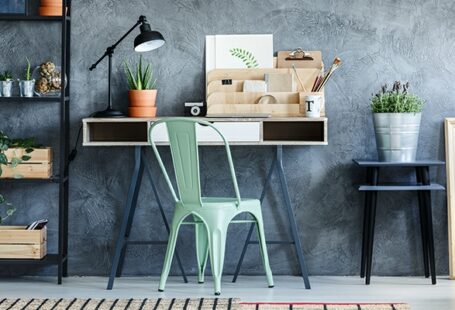In recent years, the rapid advancement in robotics technology, led by companies like Tesla, Boston Dynamics, and innovative startups like Figure AI, has sparked discussions about the future of work, particularly in blue-collar sectors. With Tesla unveiling its humanoid robot, Optimus, and Boston Dynamics and Figure AI pushing the boundaries of what robots can do, the prospect of robots replacing human jobs in industries such as restaurants and manufacturing has become more tangible. Coupled with rising labor costs, the economic landscape for blue-collar jobs is poised for significant transformation.
Technological Advancements and Humanoid Robotics
Tesla’s Optimus, designed to perform tasks that are dangerous, repetitive, or tedious for humans, represents a leap forward in making humanoid robots commercially viable. Similarly, Boston Dynamics has developed robots capable of executing complex movements and tasks, showcasing the potential for widespread application across various industries. Startups like Figure AI are also contributing to this trend by developing humanoid robots that can adapt to different work environments, further indicating the readiness of these technologies to enter mainstream markets.
Economic Drivers: Labor Costs and Efficiency
The push towards adopting humanoid robots in blue-collar jobs is partly driven by the economic consideration of labor costs. As minimum wages rise and the cost of benefits increases, businesses are looking for ways to maintain profitability without sacrificing quality or output. Humanoid robots offer a one-time investment with the promise of higher efficiency and lower long-term costs, making them an attractive option for industries grappling with thin margins, like restaurants and manufacturing.
Impact on Blue-Collar Jobs
The prospect of humanoid robots taking over blue-collar jobs such as restaurant workers and factory labor presents a dual-edged sword. On one hand, it can lead to significant efficiencies and safety improvements, reducing human exposure to hazardous working conditions and performing tasks with precision and consistency. On the other hand, the displacement of workers by robots raises concerns about job loss, income inequality, and the social implications of a workforce transition.
Navigating the Transition
The transition to a more robot-centric workforce necessitates careful consideration and planning. It involves not just technological innovation but also socio-economic strategies to mitigate adverse effects on displaced workers. Potential measures include retraining programs, education in robotics maintenance and programming, and policies to support workers during the transition.
Looking Forward
The integration of humanoid robots into blue-collar jobs is not a question of if but when. The advancements by companies like Tesla, Boston Dynamics, and Figure AI, combined with economic pressures, make the shift towards robots increasingly likely. However, the successful adoption of this technology will depend on balancing efficiency gains with the well-being of the workforce. As we stand on the brink of this new era, the challenge lies in harnessing the potential of humanoid robots to improve industries while ensuring that the benefits are widely distributed across society.
Post your job for free on https://www.hiring.chat, the quickest way to get local candidates




